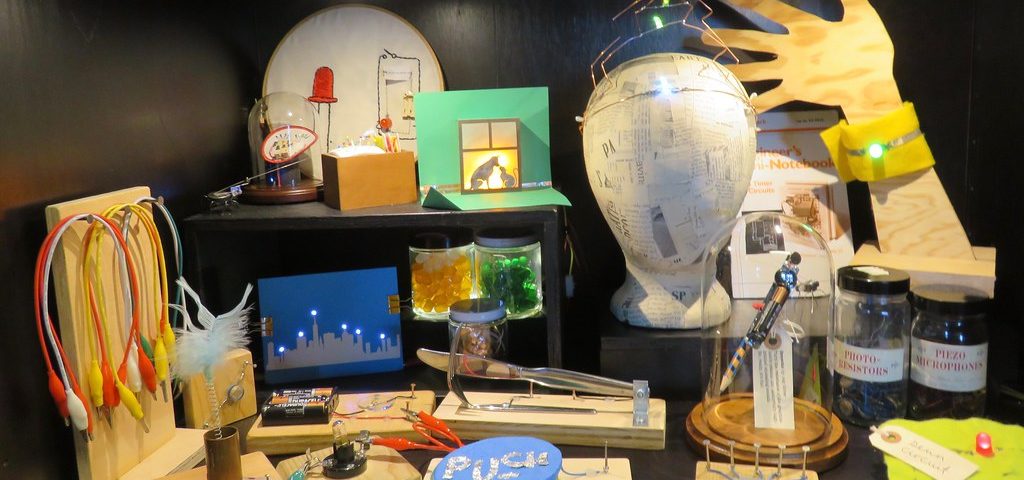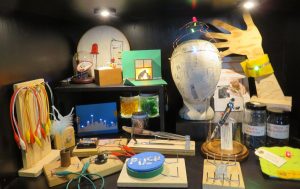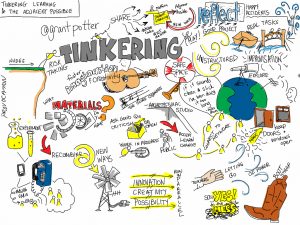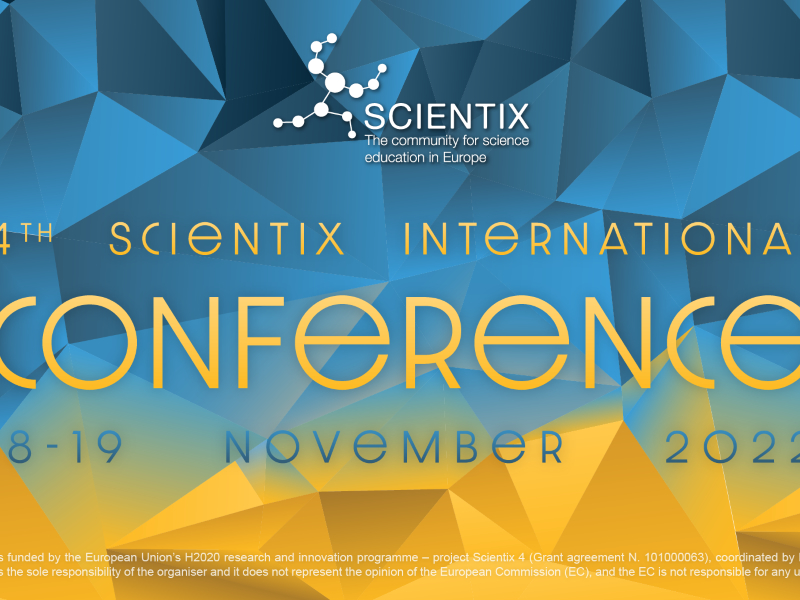Tinkering & Milan National Museum of Science and Technology


The National Museum of Science and Technology, founded in Milan in 1953 by the engineer Guido Ucelli, was created with the purpose of promoting scientific communication, scientific and technical literacy and culture among young people in a country in transformation.
Combining the identity of the museum with the characteristics and needs of the contemporary era, aiming to be a leader in Italy and a centre of excellence in Europe for STEM education, have been the institution’s goal for almost 70 years. This effort was structured on a two-folded strategy: promoting education within the museum, including a variety of fields, such as sciences, science education, pedagogy, informal education, humanities and educational research, which is responsible for the conception, design, development and the direct delivery of all programs and activities that the museum offers to its public; on the other hand developing educational methodological research, which is the Research Center for Informal Education’s main task. Founded in 2008, this research hub keeps the institution up to date and open to change, ready to grasp stimuli and trends.
The museum offers spaces for learning and active experimentation, methodological research and contexts result of the harmonious integration of contents, methods, resources and space. Aiming to nurture a new generation of innovators through 21st century with skills development and a positive relationship with STEM, the museum works in building scientific citizenship and in making the museum live as a place that belongs to everyone, a place for personal growth and community well-being.
Maria Xanthoudaki, Education & CREI Director tells Artribune.it that the museums has an audience of over half a million people (in 2018), to 4,500 school groups per year, or to a community of 3,000 teachers who follow the training work or special projects.
An important part of its education programs is the “Tinkering” methodology, a frontier educational approach that the Italian museum first imported from the United States to Europe through the collaboration with the Exploratorium in San Francisco. The second main focus of the educational activities is Public Engagement, which includes creating a dynamic dialogue between the research community and the citizens, and the numerous collaborations with other museums and educational and research institutions at a national and international level.

Devised by the Tinkering Studio of the Exploratorium of San Francisco USA, Tinkering has become a worldwide philosophy and practice. The Tinkering Studio programme follows six main strands of work – research and development, the Tinkering Studio itself, collaborations, public events, publications, professional development. The process aims to inform and inspire the design of all activities in order to fuel creativity, generate new ideas and solutions, and the mothodology is designed to inspire youth, parents and educators to be easily applied to home activities or in other institutions.
The uniqueness of this pedagogical approach lies in its innovativeness. It addresses people of all backgrounds and paths of life, focusing on the active engagement with materials, the intentionality of action and the conscious desire to learn how to learn. From simple to complex, the activities start with putting objects together or apart, to making machines moving, flying. Moreover, the learners are engaged in designing, exploring materials, mechanical elements or electricity to create original artefacts, sewing circuits together to make jewels, constructing ever lasting chain reactions or interacting with digital platforms like Tinkercard, which allows creating 3D models by choosing shapes, or Lego or Minecraft blocks.
“It’s fooling around directly with phenomena, with tools and materials. It’s thinking with your hands and learning through doing. It’s slowing down and getting curious about the mechanics and mysteries of everyday stuff around you. It’s whimsical, enjoyable, fraught with dead ends, frustrating, and, ultimately, about inquiry. ” (Wilkinson & Petrich, The Art of Tinkering, 2014)
Milan National Museum of Science and Technology has now gained quality expertise and a high level of experience in this practice and in the research of innovative methods for science education. Among the projects directly inspired by the “Tinkering” methodology, in which the institution has taken part, there are:
- Tinkering EU: Building Science Capital for all, a project funded by the EU Erasmus+ Programme, uses Tinkering pedagogy to develop scientific capital of young people in difficult situations and to improve science education in schools.
- Future Inventors, a pioneering project developed with the support of the Rocca Foundation, with the aim of developing a new approach that contributes to the transformation of STEM education at school through the creation of programmes and resources on the theme of digital culture.
- STEM * Lab, a national project supported by the Conibambini Foundation, aiming to reduce educational poverty by helping to overcome personal, cultural, social and behavioral vulnerabilities through the creation of an open school environment that uses innovative methodologies and resources for STEM education.
By SGI


